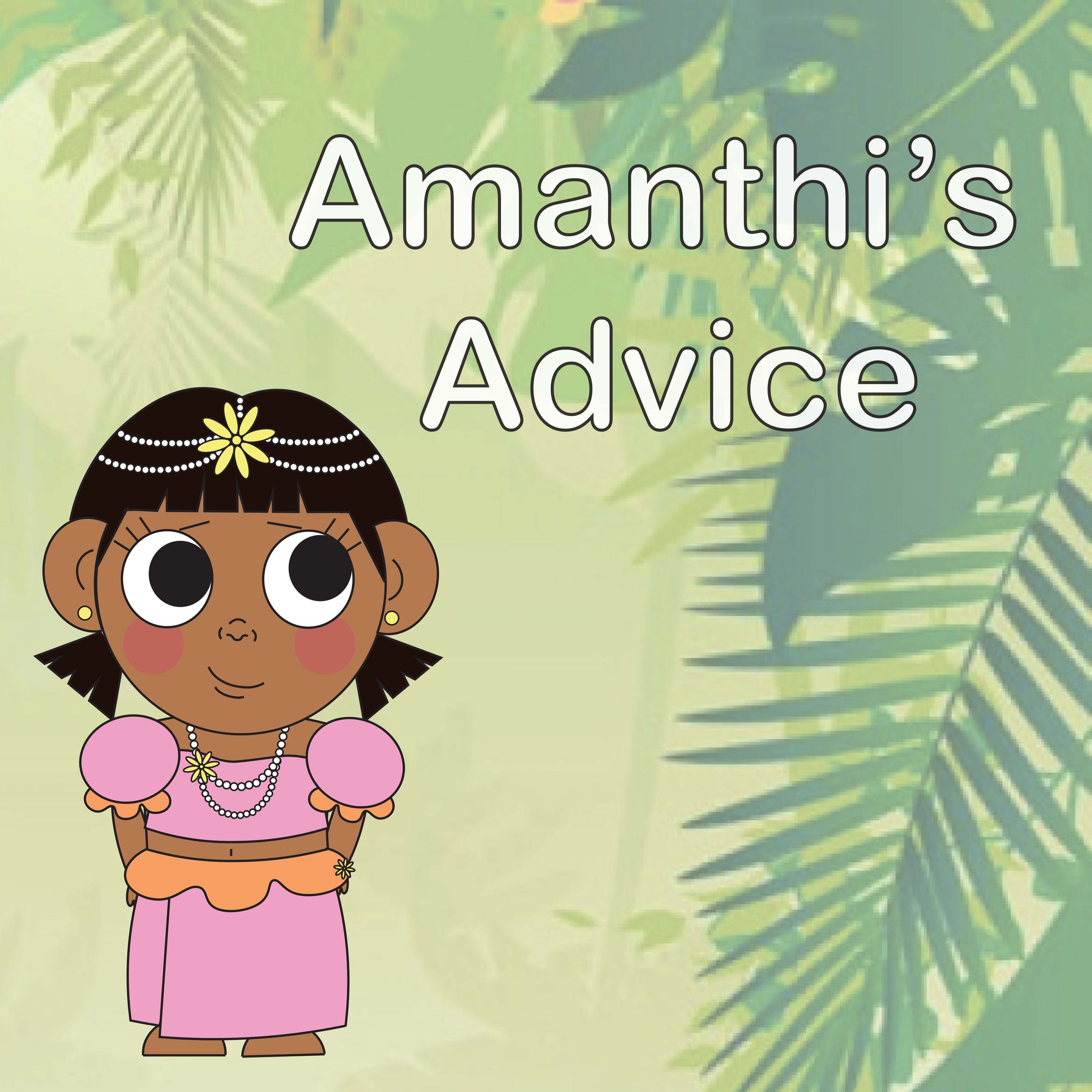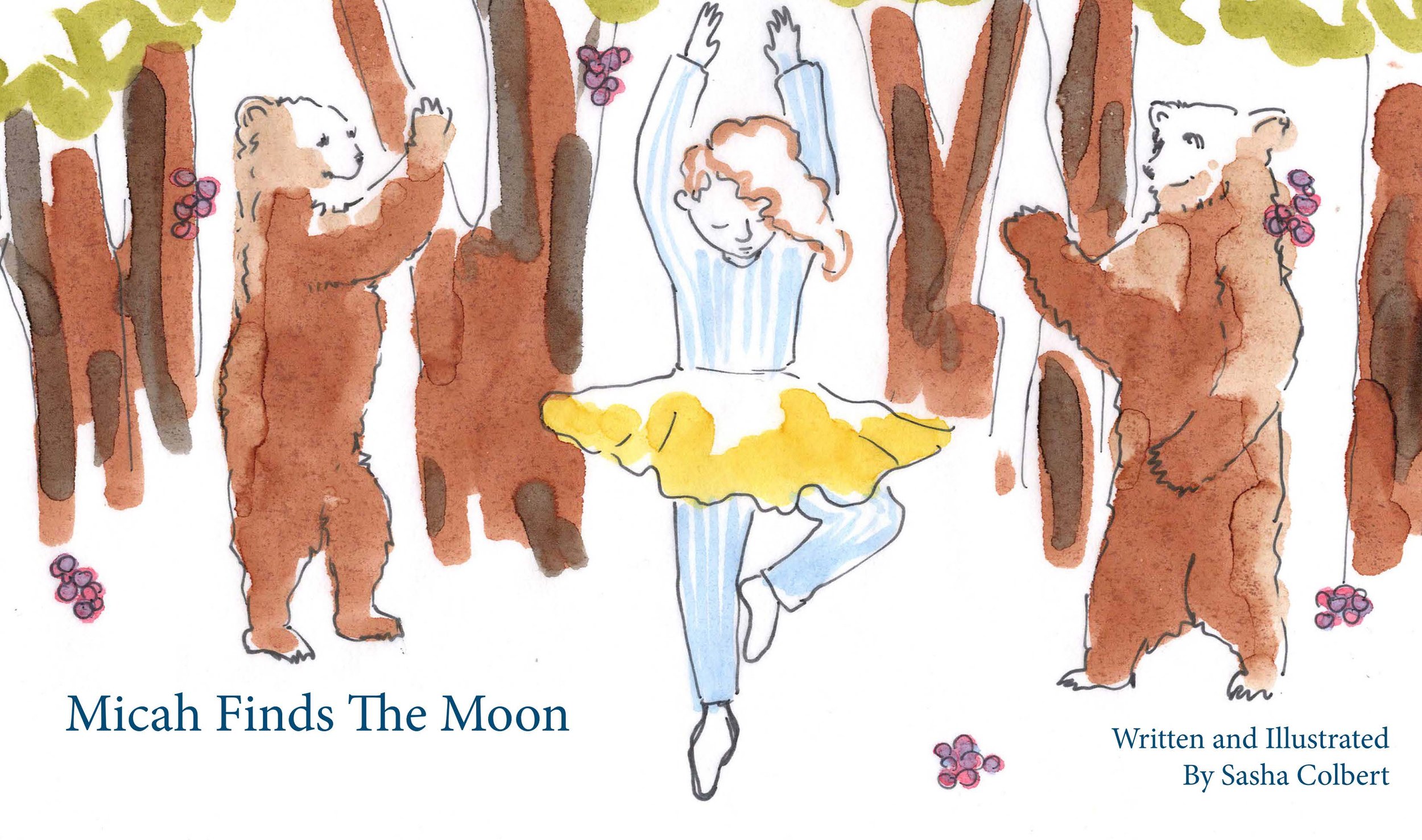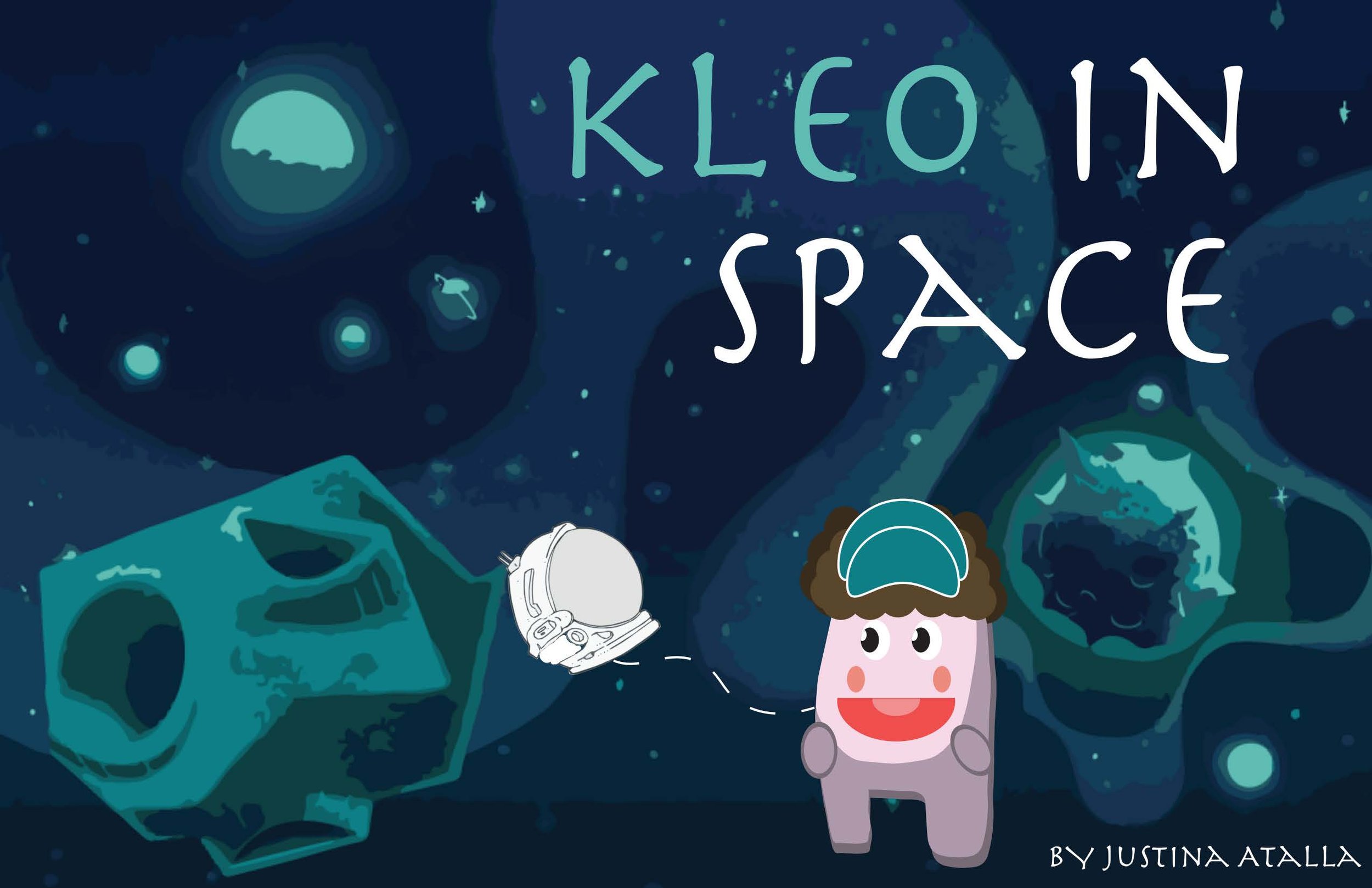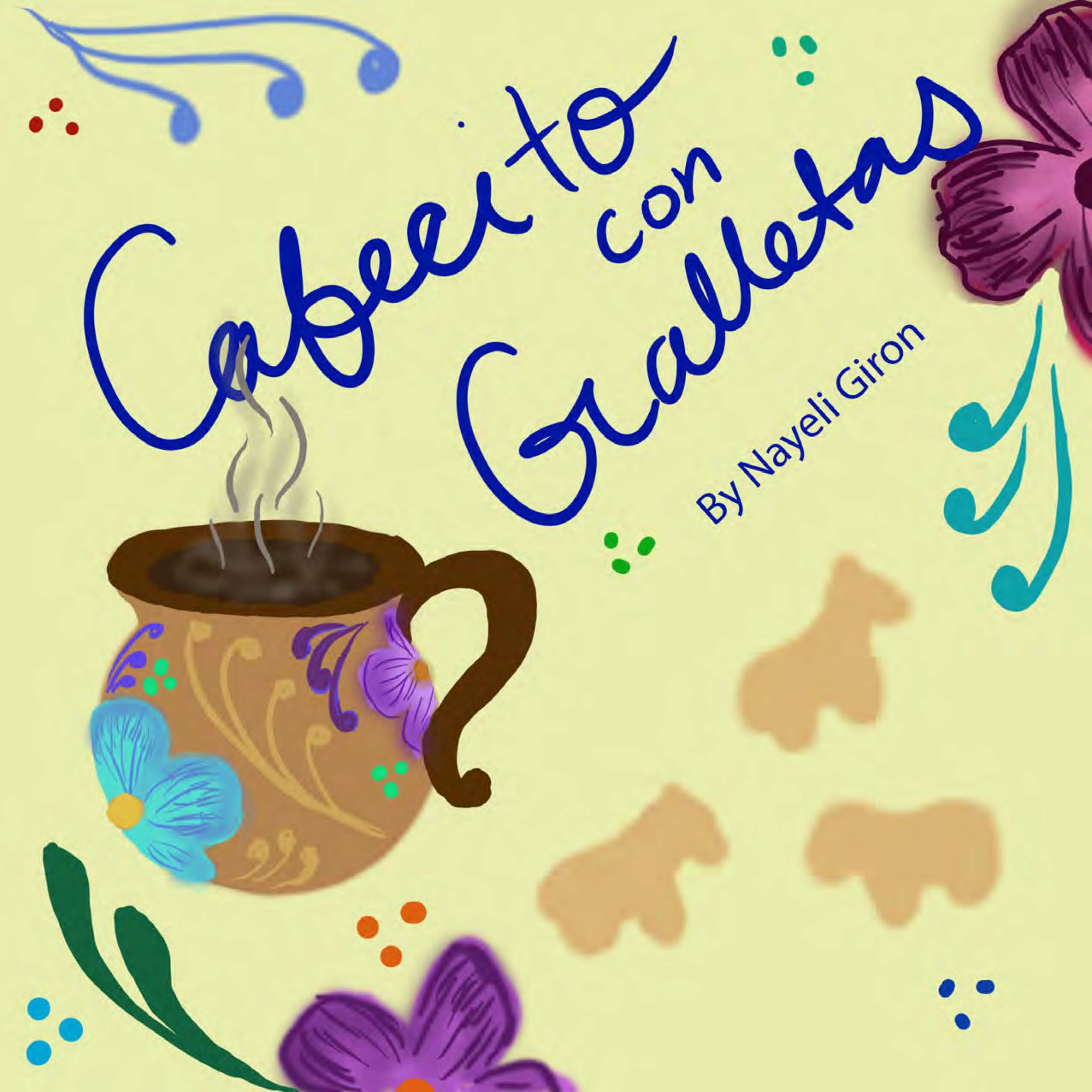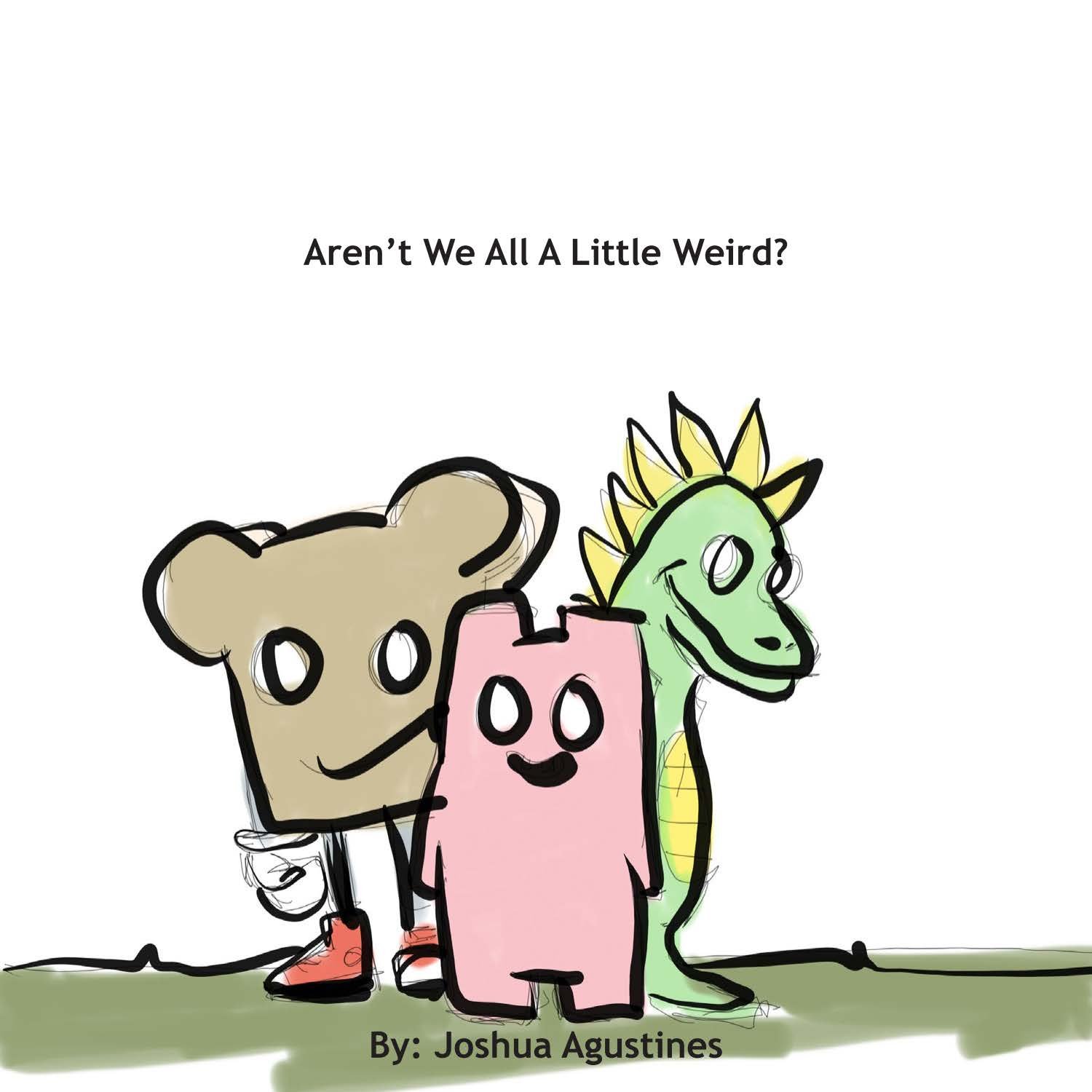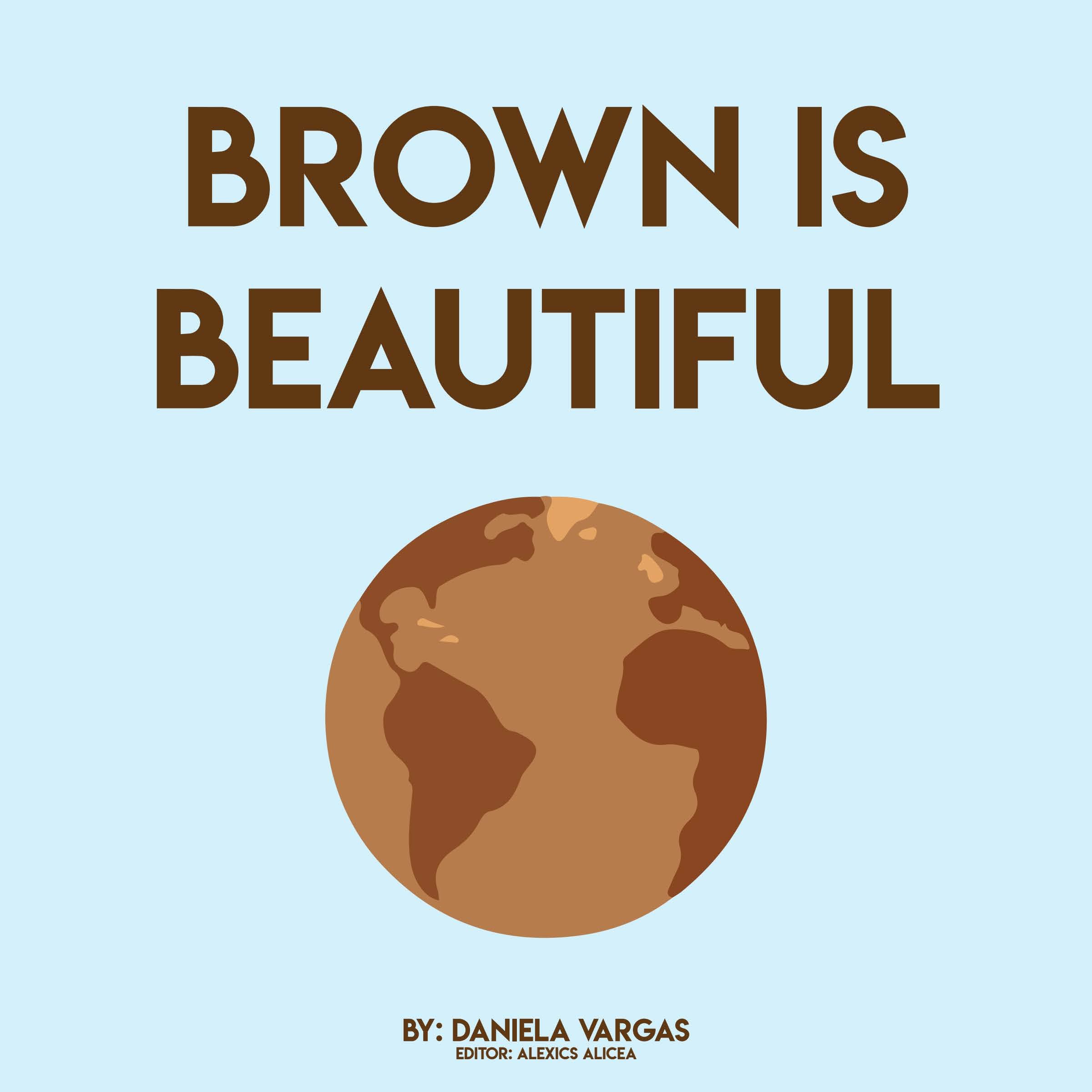CHILDREN’S BOOK
Through the power of narrative (stories, prose, poems, etc.) and imagery (drawings, paintings, collages, illustrations, cartoons, etc.), students design and craft a digital children’s book derived from the intersecting, social and urban systems researched in JUSTICEscape, to contextualize and illustrate inclusive landscapes and environments of equity and culture. Students reclaim their inherent value as tellers, keepers and preservers of their own histories and stories in safe places and healthy communities where well-being and coexistence with the natural world are evident. In JUSTICEscape we’re learning about the things that unfairly disadvantage someone or a group on the basis of their background – through beliefs and behavior – the assumptions and motivations behind stereotypes and prejudice. In our learning, it’s important to understand what these beliefs and behaviors stem from, and how they are evidenced throughout the landscape – how our spaces and places can be inequitable, and how we can design spaces and places for people to thrive equitably, together. For the children’s book, perhaps one can juxtapose some of the beliefs that drive inequity with the fundamental values that counteract inequity – consideration, empathy, and courage.
